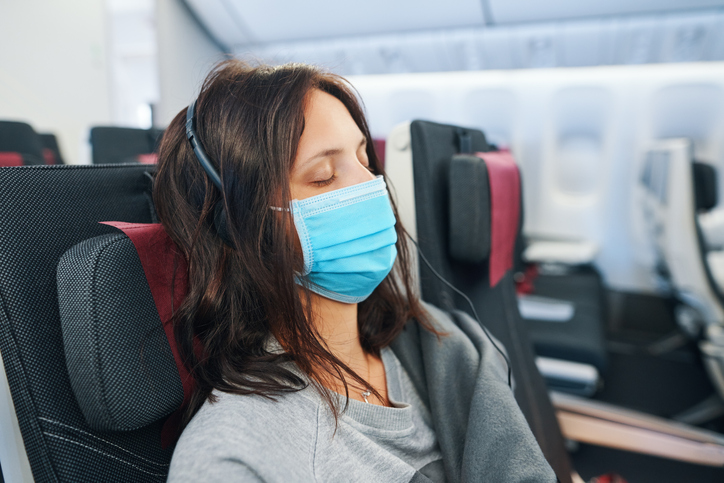
Risk factors for motion sickness include being a child, taking certain medications, sinus congestion, sinus infection, ear infection, recent concussion, migraines, pregnancy, and being female.
Motion sickness is a type of dizziness that occurs in response to real or perceived motion, and can cause gastrointestinal and nervous system symptoms.
Motion sickness results from an imbalance between what you see and what you feel. For example, a car moves forward while your body remains still. This imbalance causes the symptoms of motion sickness.
Some people get motion sickness more easily than others. Factors that can predispose you to motion sickness include:
- Age
- More common in children than adults
- Most children will grow out of it
- Side effects of certain medications
- Certain antibiotics
- Nonsteroidal anti-inflammatory drugs (NSAIDs) such as ibuprofen (Advil, Motrin) or naproxen (Aleve)
- Birth control pills
- Medical conditions
- Sinus congestion
- Sinus infection
- Ear infection
- Recent concussion
- Migraines
- Pregnancy
- People who are pregnant, especially those who have morning sickness, are more likely to develop motion sickness
- Being female
- Women are more likely than men to develop motion sickness
- A spike in the levels of the female hormone estrogen may cause or increase a person’s susceptibility to nausea
- Often occurs during the first trimester of pregnancy and midway through or right after ovulation in the menstrual cycle
What Are Symptoms of Motion Sickness?
Symptoms of motion sickness include:
- Nausea
- Feeling unwell (malaise)
- Vomiting (may be severe)
- A feeling of warmth
- Dizziness
- Belching
- Increased salivation
- Headache
- Sweating
- Irritability
- Pale skin (pallor)
- Hyperventilation
- Shortness of breath
- Numbness and tingling
- Feelings of impending doom
How to Cure Motion Sickness
Symptoms of motion sickness usually go away when the motion stops.
Once symptoms of motion sickness begin, treatments include:
- Environmental modification
- Lay down when you feel sick
- Drink plenty of water
- Switch seats if you are not already in the most favorable seat to reduce motion sickness
- Get plenty of air
- Complementary and alternative treatments to treat and prevent motion sickness include:
- Ginger
- Suck on hard ginger candies
- Take 1 to 2 grams of ginger orally
- Apply acupressure bands to both wrists (may be worn in anticipation of symptoms but also after symptoms have started)
- Ginger
- Medications to both treat and prevent motion sickness
- Take medications for motion sickness one to two hours before traveling
- Medications used to prevent motion sickness can often cause drowsiness
- Scopolamine patches (Transderm Scop)
- Good for use when exposure to motion will be prolonged, such as on a cruise
- Antihistamines
- Shorter-acting and more sedating, but work quickly and are helpful when there is limited exposure to motion
- Dimenhydrinate (Dramamine, Draminate, Gravol)
- Meclizine (Bonine)
- Diphenhydramine (Benadryl)
- Chlorpheniramine (Chlor-Trimeton)
- Nonsedating antihistamines such as cetirizine (Zyrtec), loratadine (Claritin), and fexofenadine (Allegra) do not help alleviate symptoms of motion sickness
- Shorter-acting and more sedating, but work quickly and are helpful when there is limited exposure to motion
- Scopolamine patches (Transderm Scop)
- Promethazine (Phenadoz, Promethegan, Phenergan) may be used if transdermal scopolamine and antihistamines are not effective
- Other medications that may be used include:


